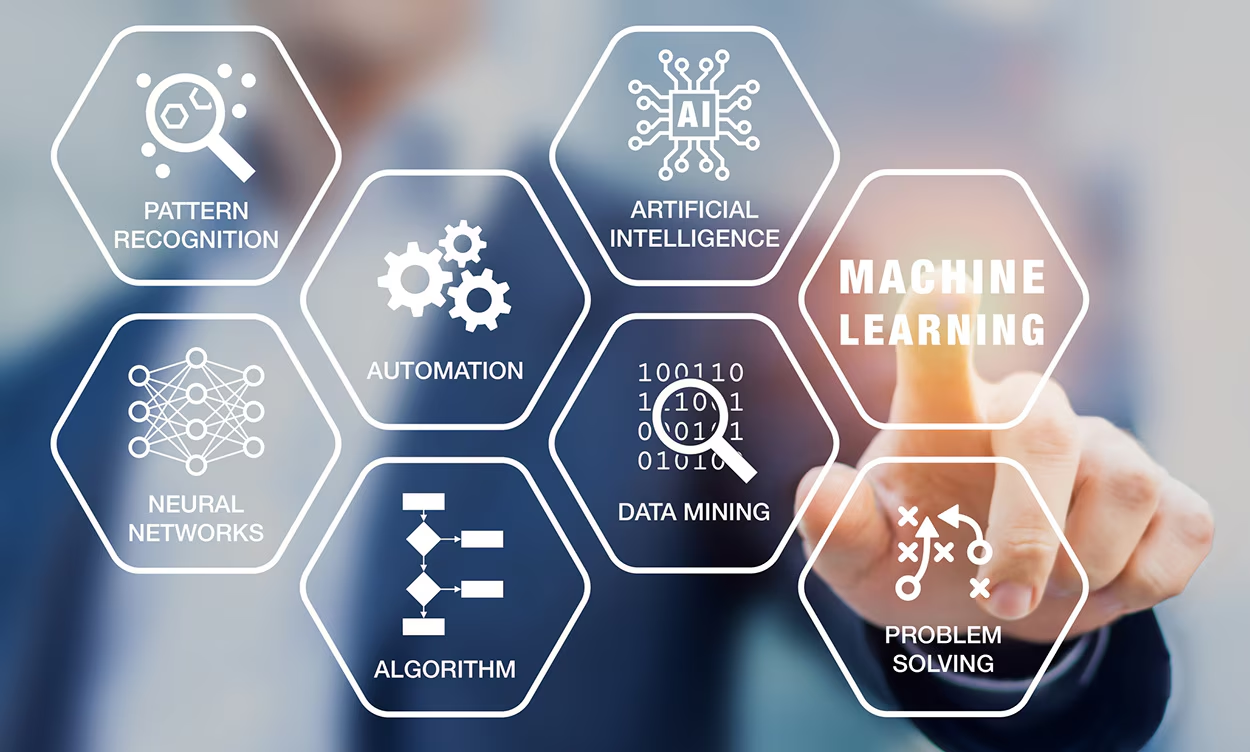How Machine Learning Works and Its Real-Life Applications
Machine learning functions through algorithms that allow systems to learn from data patterns. This technology has applications in diverse fields, such as healthcare, retail, and transportation. By analyzing historical data, machine learning can predict outcomes and enhance user experiences. However, the mechanisms behind these algorithms and their implications for future advancements remain complex. Understanding these intricacies will reveal the full potential of machine learning in shaping modern society.
Understanding the Basics of Machine Learning
Machine learning, a subset of artificial intelligence, is fundamentally concerned with the development of algorithms that enable computers to learn from and make predictions based on data.
It encompasses supervised learning, wherein models are trained on labeled datasets to improve accuracy, and unsupervised learning, which identifies patterns within unlabeled data.
Together, these methodologies empower systems to adapt and evolve, enhancing decision-making capabilities.
See also: Exploring Advances in Battery Technology and Energy Storage
Key Algorithms and Techniques in Machine Learning
Algorithms serve as the backbone of machine learning, providing the frameworks through which data is transformed into actionable insights.
Key techniques include supervised learning for labeled data, unsupervised learning utilizing clustering techniques, and deep learning through neural networks.
Reinforcement learning optimizes decision-making, while decision trees and ensemble methods enhance accuracy.
Collectively, these algorithms empower diverse applications across various domains, enabling informed decision-making.
Transformative Applications Across Various Industries
As industries increasingly integrate advanced technologies, the transformative applications of machine learning are becoming evident across various sectors.
Healthcare advancements leverage predictive analytics for improved patient outcomes, while financial forecasting enhances investment strategies.
Retail optimization tailors customer experiences, and autonomous vehicles revolutionize transportation.
Additionally, environmental monitoring, personalized marketing, fraud detection, and smart manufacturing demonstrate the expansive potential of machine learning in driving efficiency and innovation.
The Future of Machine Learning and Its Impact on Society
While the rapid evolution of machine learning technologies continues to shape various sectors, their implications for society extend far beyond mere operational enhancements.
Ethical considerations arise as algorithms increasingly influence decision-making processes, potentially exacerbating biases.
The societal implications include shifts in labor dynamics and privacy concerns, necessitating a balanced approach that prioritizes human values, accountability, and transparency to ensure technology serves the collective good.
Conclusion
In the realm of machine learning, algorithms function like skilled detectives sifting through vast amounts of data to uncover hidden patterns, much like a seasoned investigator revealing the truth behind a complex case. As industries increasingly harness this technology, the potential for innovation and efficiency grows exponentially. With a projected market value of over $300 billion by 2026, machine learning not only reshapes current practices but also redefines possibilities, driving society toward a more data-informed future.



